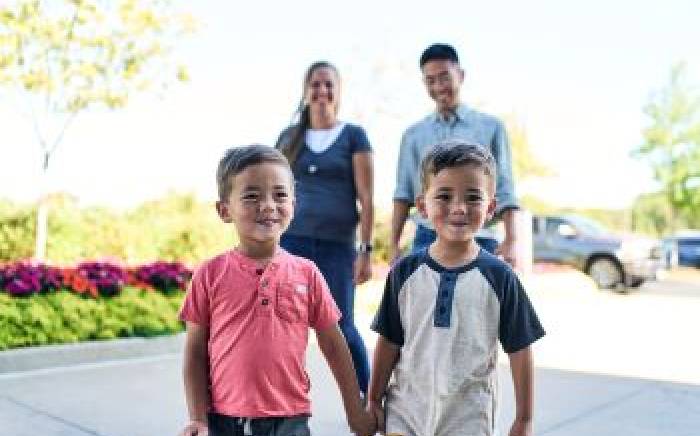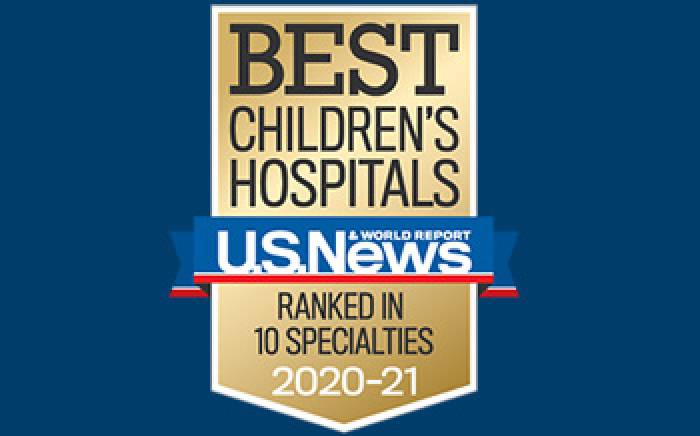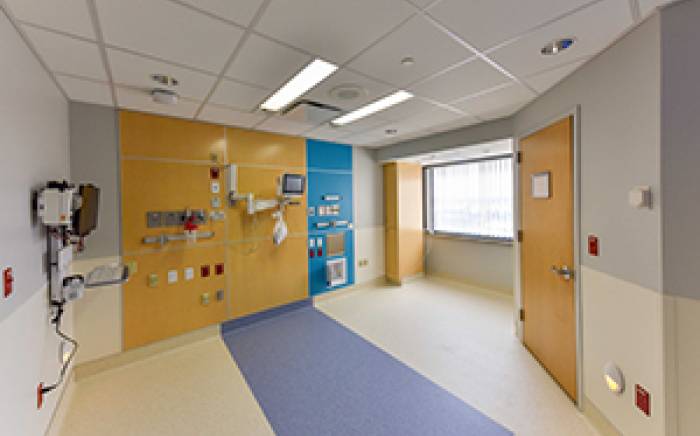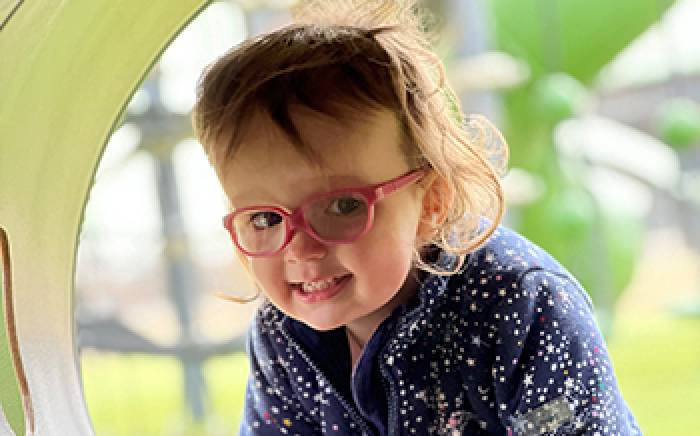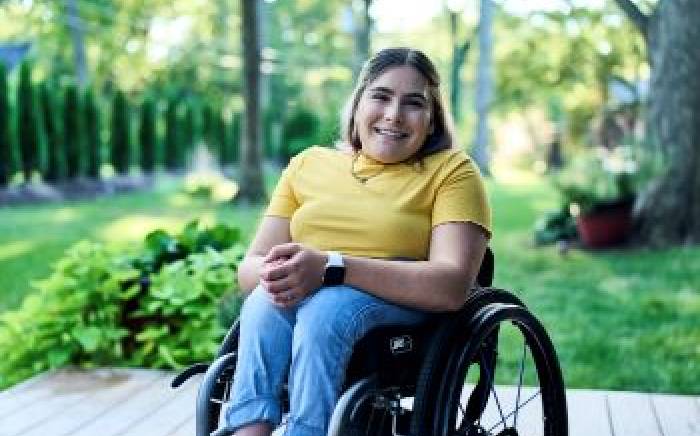 In September of 2015, a young promising baseball player and his mom and dad sat under the giant Louisville Slugger hanging on the wall of the St. Louis Children’s Hospital Joe Buck Imaging Center trying to absorb devastating news. A brain tumor—not a small fracture in his back, a virus or an inner ear infection as once thought—was causing Gabe, who was 15 at the time, to suddenly have trouble keeping his balance.
In September of 2015, a young promising baseball player and his mom and dad sat under the giant Louisville Slugger hanging on the wall of the St. Louis Children’s Hospital Joe Buck Imaging Center trying to absorb devastating news. A brain tumor—not a small fracture in his back, a virus or an inner ear infection as once thought—was causing Gabe, who was 15 at the time, to suddenly have trouble keeping his balance.
Gabe was the fastest runner on his team. “When he started having trouble hopping and running, we really became concerned,” says his dad Jeff.
A confirmed diagnosis, seen clearly in an image of Gabe’s brain, launched the Scalise family’s long, hard-fought battle—filled with brain surgery, MRIs, radiation, setbacks and challenges.
But, despite struggling through weeks of dizziness and nausea, a year of weakness and double vision that was finally repaired with corrective surgery last September, Gabe and his family stayed positive and celebrated reaching every therapeutic milestone. Even when they heard that the small amount of tumor left in Gabe’s brain had grown slightly and needed to be treated with proton beam radiation, they met the news with optimism.
“St. Louis is one of only 12 places in the United States that has this technology, and it is right here in our backyard. Gabe is going to be just fine,” Jeff posted on Gabe’s CaringBridge page.
In fact, as is the case with Gabe, improvements in childhood brain tumor survival rates have led to an increasing emphasis on quality of life after treatment. And cognitive deficits are the single greatest detractor from that quality of life.
For years now, doctors have monitored and measured the cognitive damage that occurs in the brains of children after tumor treatment. Sometimes that damage is minimal. Sometimes it’s devastating.
For Gabe, it’s somewhere in between. According to Jeff, while Gabe is making good grades, he struggles with short-term memory and retention issues he’d never before experienced. Plus, lingering double vision keeps him sidelined from baseball.
Earlier this year, the Children’s Discovery Institute (CDI), a research partnership between St. Louis Children’s Hospital and Washington University School of Medicine, funded research to identify the biomarkers of cognitive deficits in brain tumor survivors. This study aims to develop the necessary tools to enhance cognitive recovery.
The co-principal investigators of this research are Children’s Hospital neuro-oncologist Joshua Rubin, MD, PhD, pediatrics, and Brad Schlaggar, MD, PhD, neurologist-in-chief at St. Louis
Children’s Hospital. Together, they are calling on the expertise from the Washington University
School of Medicine’s departments of neurosurgery, neuroradiology, radiation oncology and biomedical engineering.
“That is what it takes to do the computational work necessary to make predictions about individual patients,” says Dr. Schlaggar. “It’s a highly aspirational study, but that’s the beauty of the CDI and its willingness to take risks on new and possibly game-changing ideas. With the imaging and computational capabilities available here, we are uniquely positioned to assess how the treatment of tumors and the tumors themselves contribute to cognitive deficits.”
The researchers will gather neuro-images of the approximately 52 brain tumor patients diagnosed or referred to Children’s Hospital for confirmation of their diagnosis per year. By delving deeply into the data generated from the images, they hope to be able to make more accurate predictions regarding who will be at risk for developing learning or communication problems.
“It’s all about personalized medicine and being able to say to a patient ‘this is exactly where you stand in the continuum of risk for a poor outcome, and this is how we are going to change that trajectory,’ ” Dr. Schlaggar says.
Gabe and his family hope these CDI investigators hit it out of the park.

